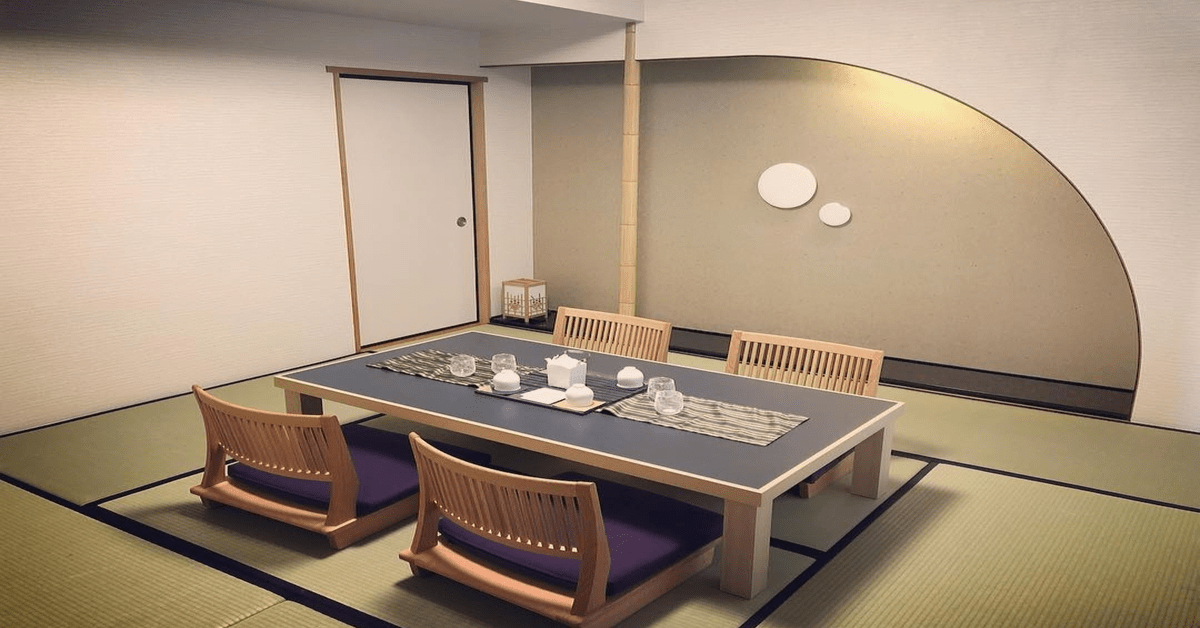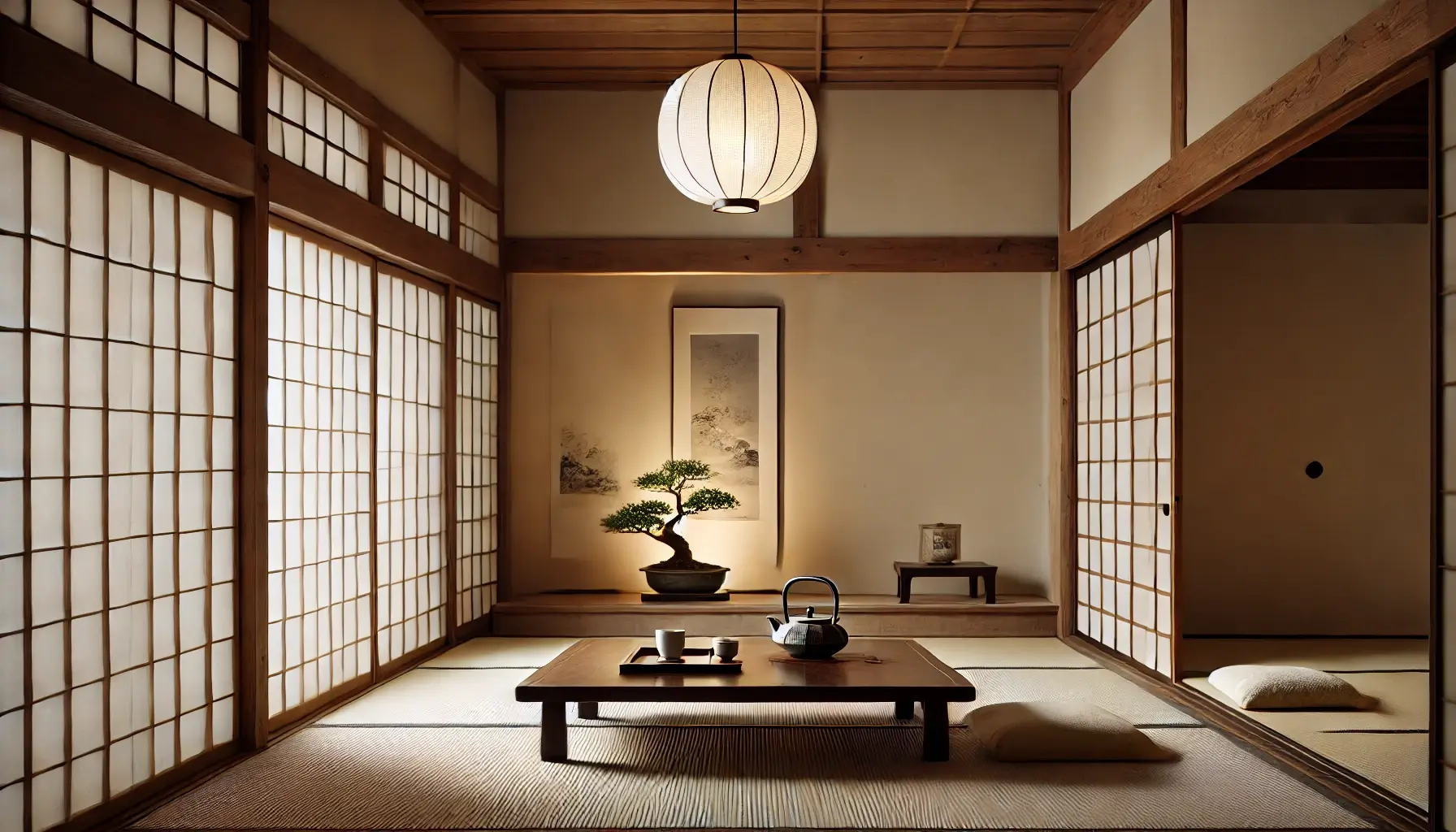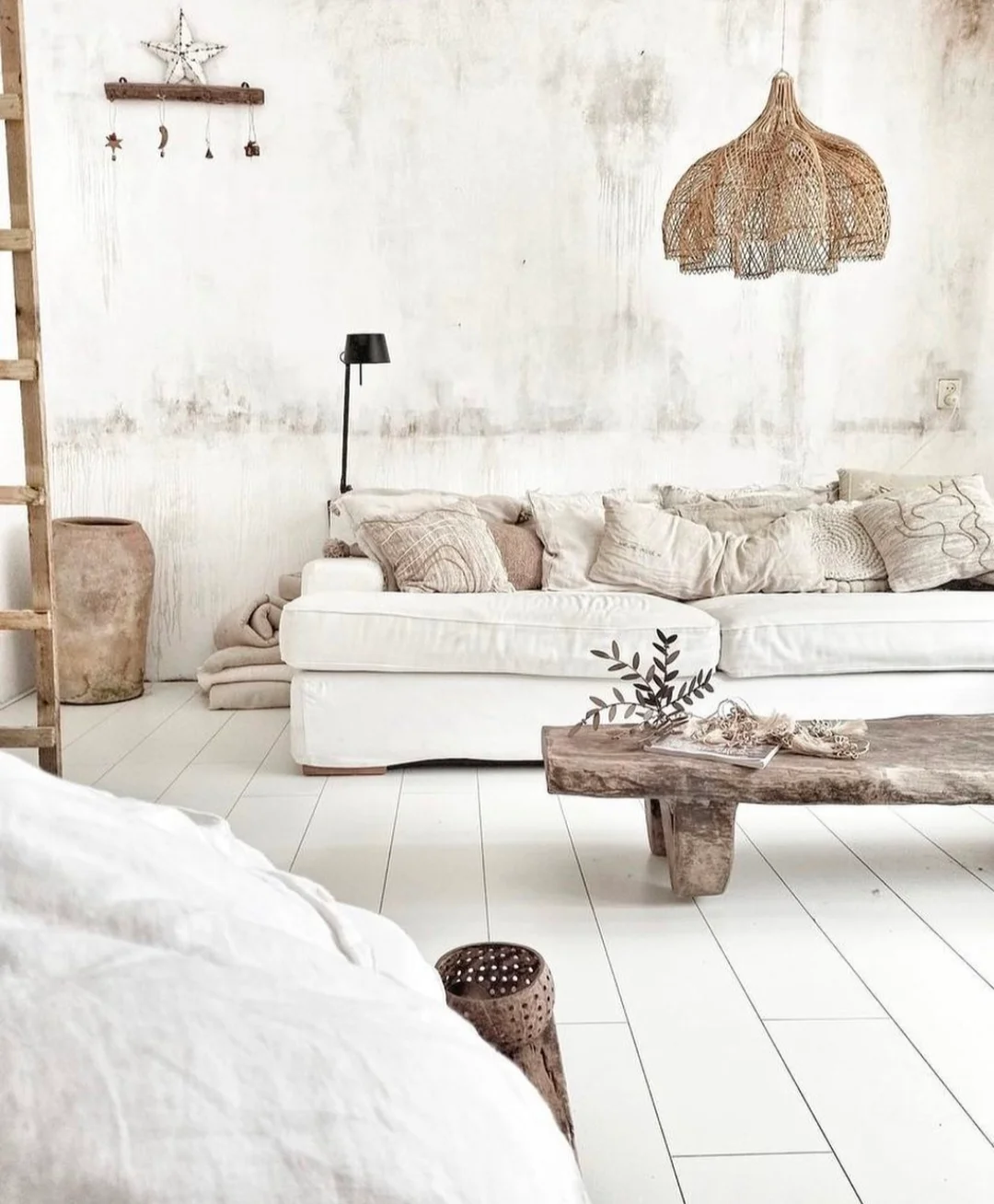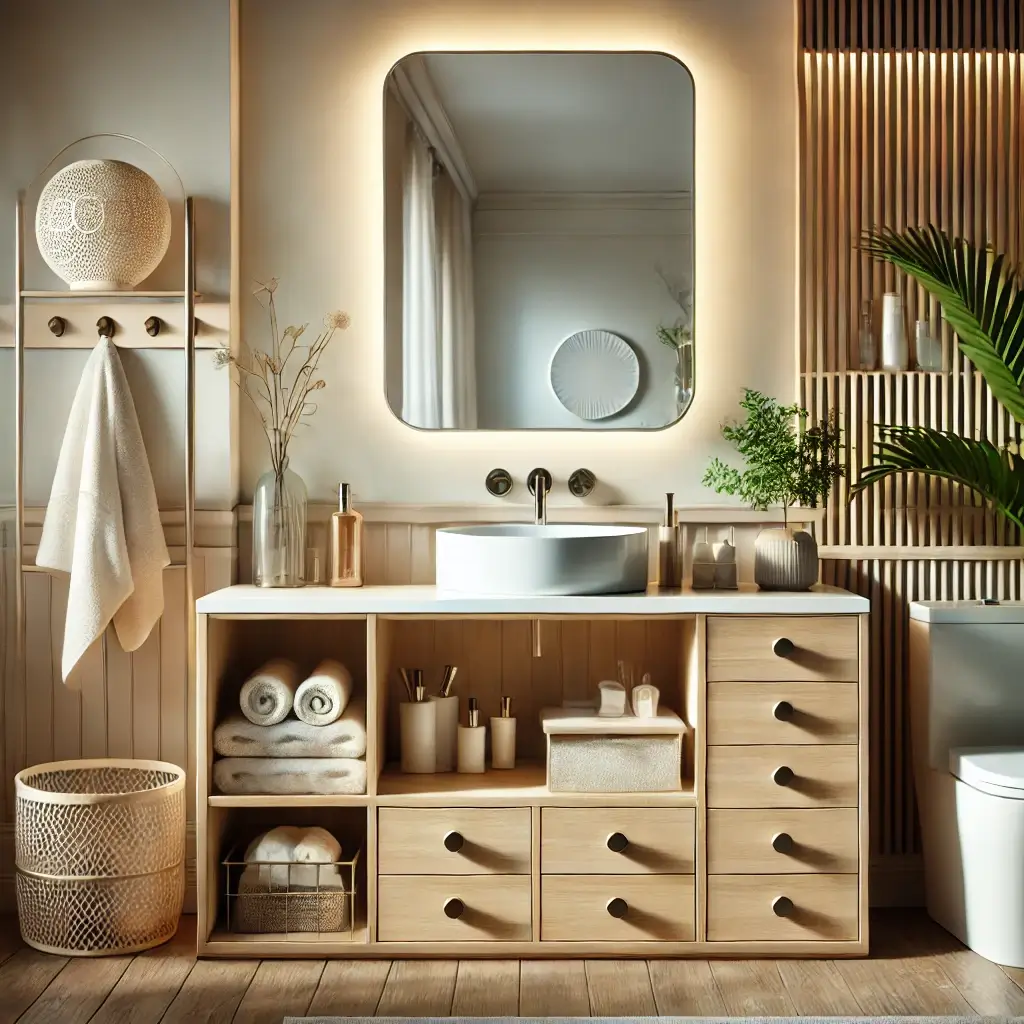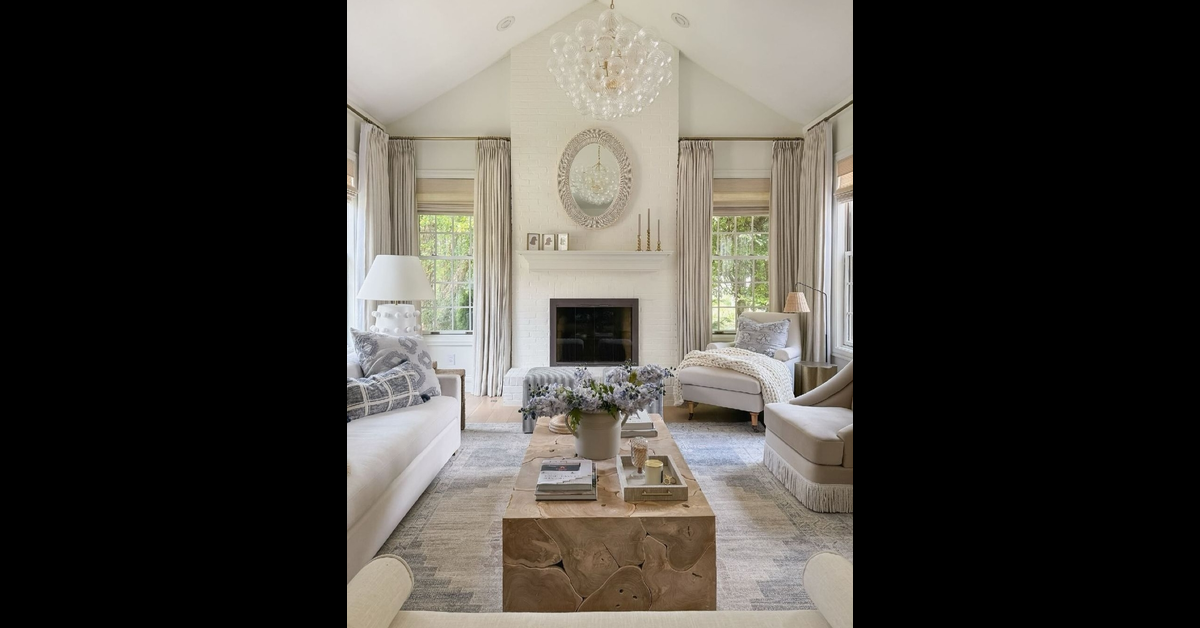40 Proven Japanese-style Living Room Ideas You Never Knew
Do you crave a living room that offers a warm hug of tranquility and Minimalism after a long, tiring day? Then look no further than Japanese-style living room ideas to transform your space into a new emotionally calming environment.
The Japanese-style living room offers visually stunning and emotionally soothing decors rather than overstimulating design ideas.
Thus, if you’ve been looking for a similar concept for your living room, you’ve come to the right spot. You will find all the information you need to create a Japanese-style living room, including color schemes, furniture selections, and essential elements. So, hook on and keep reading.
Must-Know Principles of Japanese style Living room Design
Japanese interior design is renowned for its Minimalism, functionality, and appreciation for nature. Clean lines, natural materials, and a subdued color palette characterize it. Below are some vital principles to help you better decorate your living room in Japanese style.
The Zen Philosophy in Japanese Interior Design
Zen philosophy has a profound influence on Japanese-style living rooms. These rooms emphasize simplicity, harmony, and a strong connection with nature. The core idea is to create a serene and balanced environment by minimizing clutter and distractions. Clean lines, open spaces, and natural materials help cultivate a sense of focus, calmness, and mindfulness.
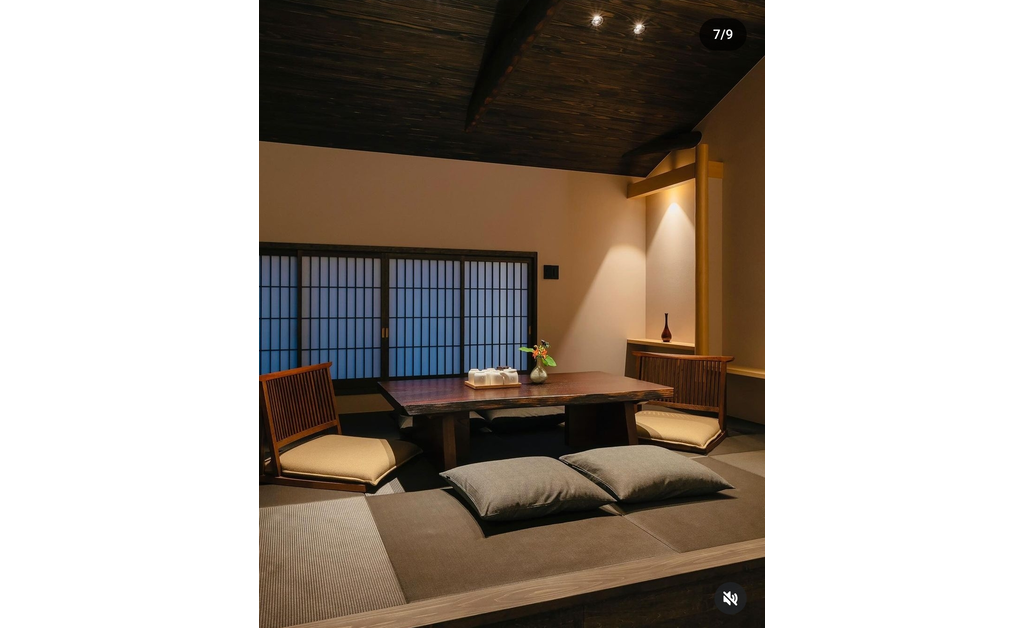
Image source: machiyajapan IG
The Concept of ma and Negative Space
Another important concept is “ma,” which values the balance between occupied and empty space. This negative space creates a more open, airy atmosphere that enhances tranquility. Low furniture and careful design contribute to the overall sense of calm, making the space feel spacious and intimate.
What does Minimalism mean in Japanese-style Living Rooms?
A fundamental principle is minimalism, in which each piece of furniture and decor should be purposeful and functional. The focus is on simplicity and eliminating clutter. Reducing excess makes the room calm and allows for a mindful living experience.
Natural Materials used in Japanese-style Living Room Furniture
Some signature natural materials in Japanese-style living rooms are
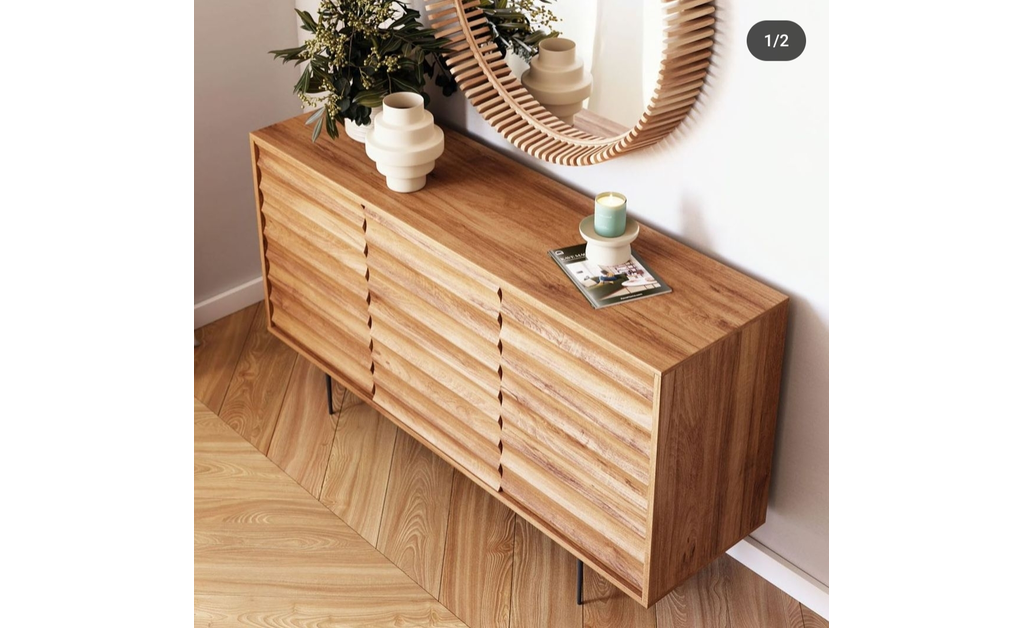
Image source: nookandcranny.com.sg
Wood
Wood is fundamental in Japanese-style living rooms. It brings warmth, natural beauty, and tranquility that align with Zen philosophy. Its organic texture fosters a deep connection to nature, making it ideal for flooring, walls, and furniture.
Paper
Paper is another classic material used in Japanese interior design. Among its uses are sliding doors, lamps, and screens. Using paper in a room creates a soft and diffused light that creates a relaxing atmosphere.
Bamboo
In Japanese interior design, bamboo is another natural material commonly used. From furniture to flooring, it’s lightweight, durable, and versatile.
Stones
Many Japanese-style living rooms use stone as a natural grounding material. Stone’s raw texture adds an organic, tranquil feel that is familiar to indoor Zen gardens.
What are the colors of Japanese Living Rooms?
When it comes to the color scheme, Japanese-style decorations often feature the following color palette in their living rooms and bedrooms.
- White and black
- Green and brown
- Earthy tones
These colors are signature Japanese colors, and you’ll see most Japanese houses have such color scheme.
What is Wabi-sabi in a Japanese-style living room?
Wabi-sabi holds a prominent position in Japanese interior design. It welcomes imperfections and finds beauty in the natural aging process.
Wabi-sabi highlights natural materials, asymmetry, and the aged or weathered appearance of objects, creating a space that feels authentic, serene, and connected to the passage of time.
If you want to discover more ideas for creating a cozy and inviting living room, you must check out our detailed guide and tips on creating a granny chic living room.
How to Make a Room Look Japanese Style Living Room
To bring the essence of a Japanese-style living room into your home, you can incorporate various elements that reflect the simplicity, natural materials, and timeless beauty of traditional Japanese interiors. Here’s how to do it:
Integrate Nature
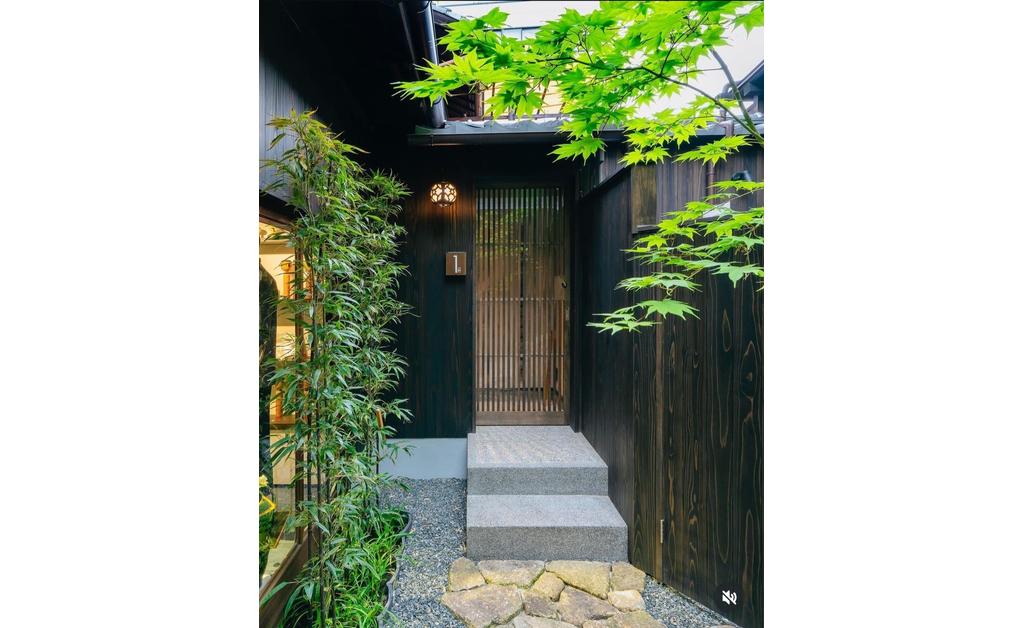
Image source: machiyajapan IG
Natural light and greenery are just as essential to Japanese interior design as décor. Natural light creates a calming and harmonious connection between the indoors and outdoors, fostering a sense of tranquility and vitality in the living space.
The design brings life and balance to the room by carefully incorporating plants and maximizing sunlight.
Indoor Plants: Bringing the Outside In
Indoor plants are indispensable for bringing nature into a Japanese-style living room, adding aesthetic and health benefits.
Plants like succulents or larger varieties, such as fiddle-leaf figs purify the air and reduce stress, making the room feel refreshing and alive.
Bonsai Trees
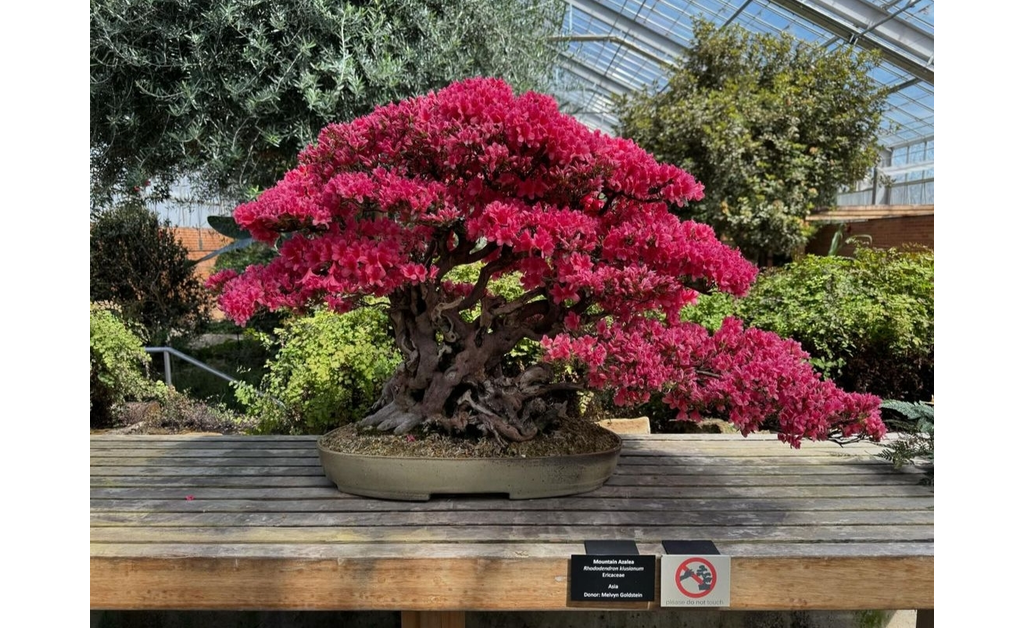
Image source: lifewithtraci IG
Bring nature indoors with a bonsai tree. The bonsai tree adds greenery and reflects the authentic Japanese appreciation for nature’s beauty.
Ikebana
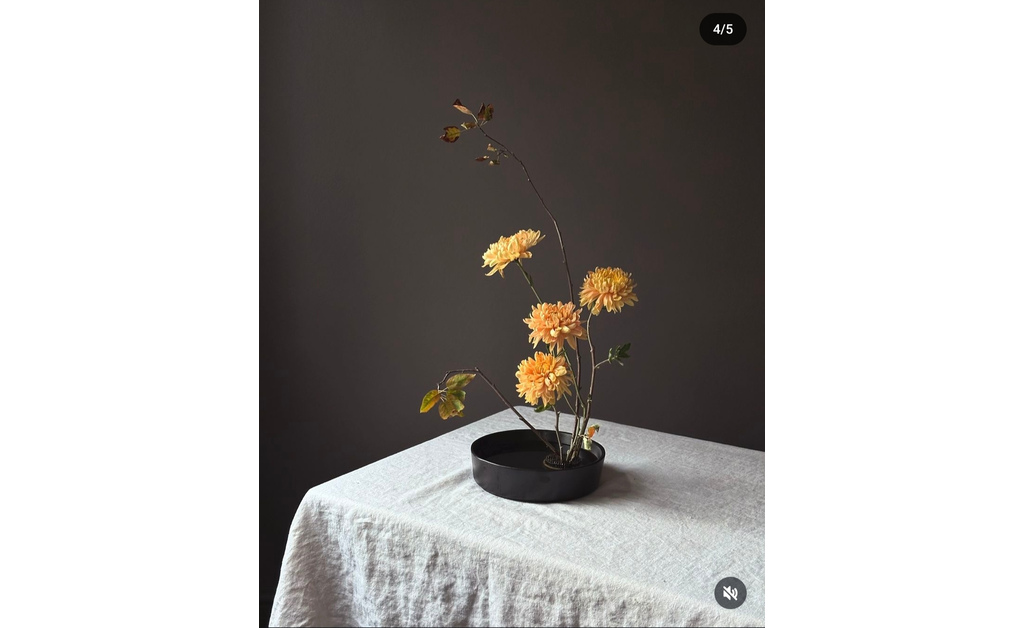
Image source: leigh.chappell.flowers IG
Ikebana is a historic Japanese art of flower arrangement, which translates to “making flowers come alive.” Through careful selection and placement of flowers, greenery, and natural elements, Ikebana can transform your ordinary living room into a Japanese-style living room.
Window Treatments and Layouts for Natural Flow of Light
Natural light plays a crucial role in Japanese interiors. To optimize this, use light, sheer curtains that allow sunlight to flow through and avoid heavy window treatments.
Position furniture to keep windows unobstructed, ensuring the room maintains an airy and open layout. The proper placement of every piece enhances the connection between the indoor space and the natural world.
Tatami Mats/Rice Straw Mats
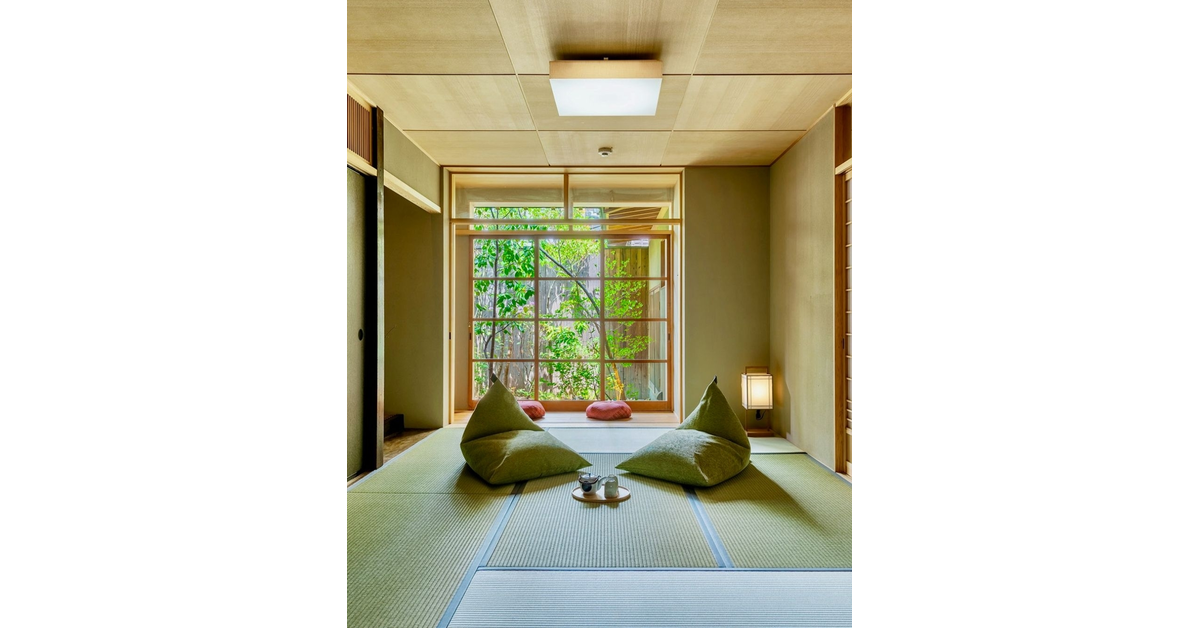
Image source: machiyajapan IG
Tatami mats, made of rice straw, are foundational in a Japanese-style living room. You can use them as floor coverings or create a seating area around a low table. Their natural texture adds warmth and authenticity, making the space feel grounded and peaceful.
Shoji Screens
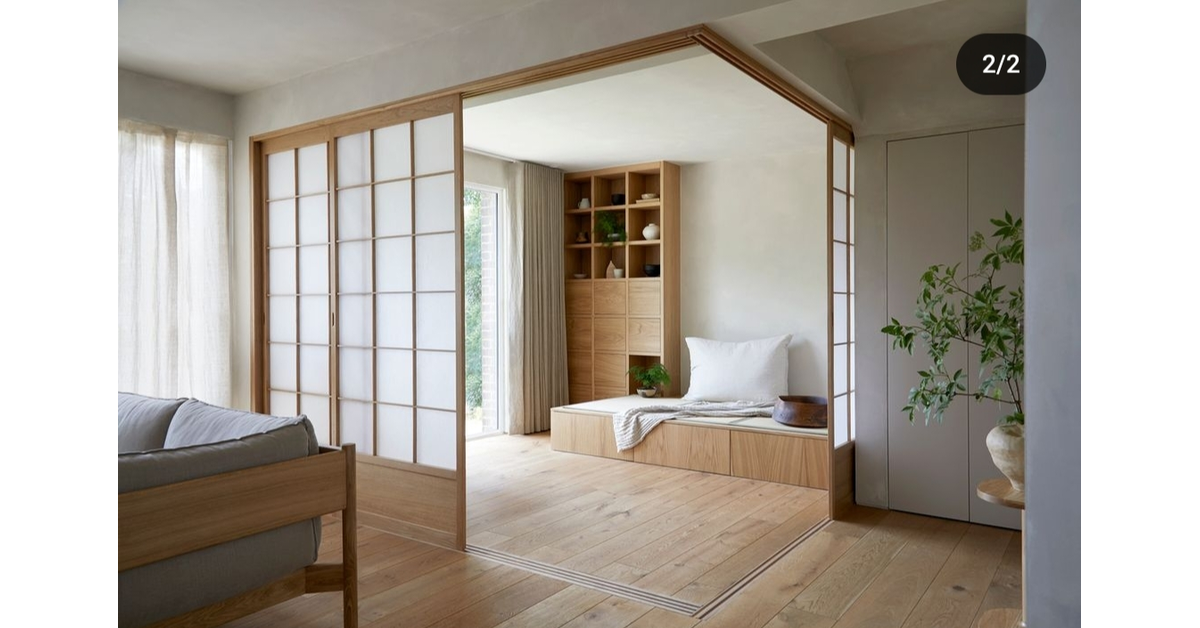
Image source: yokokloedendesign IG
Room dividers like Shoji screens, constructed with wooden frames and translucent paper, are perfect for creating privacy or sectioning off areas without blocking light. These sliding panels are iconic in Japanese-style living rooms and help maintain an open yet intimate atmosphere.
Kotatsu
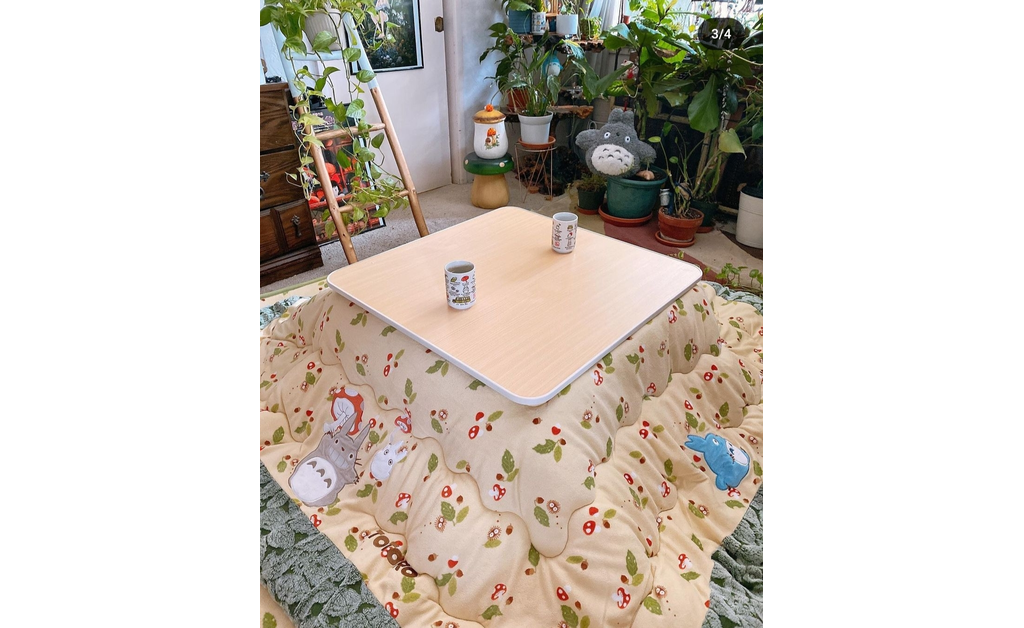
Image source: forestlyfaerie IG
A kotatsu, a low table with a heater underneath and a blanket draped over it, is a cozy addition to your living room. It’s widespread in Japanese-style living rooms.
Zabuton
Consider adding Zabuton if you want to add authentic Japanese style to your living room. You can pair kotatsu with zabuton (traditional floor cushions) for authentic Japanese seating that’s perfect for relaxing with friends or family.
Tokonoma
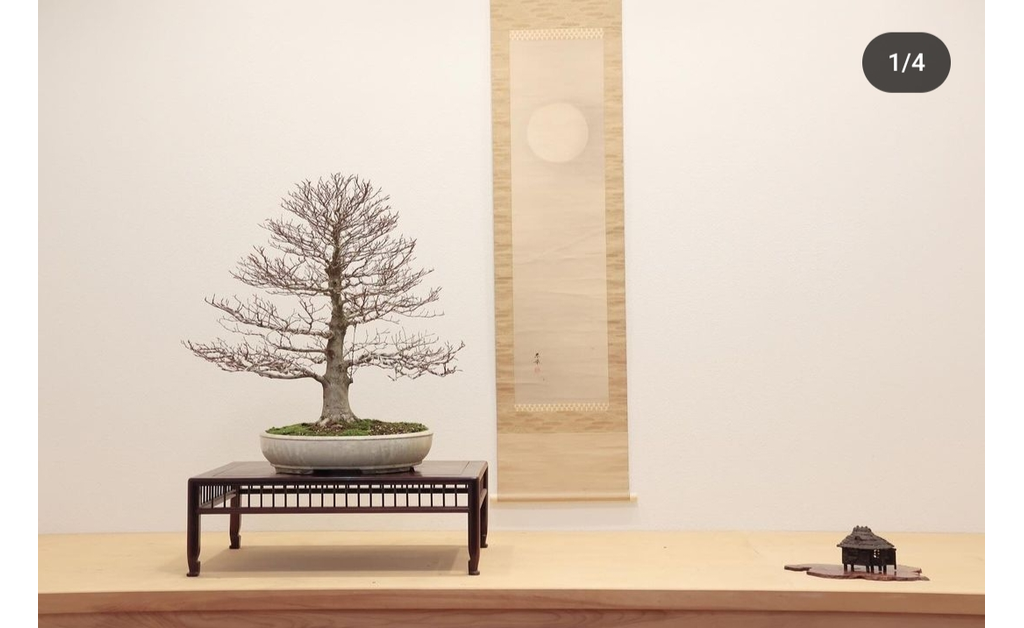
Image source: rakuyo_bonsai IG
In Japanese-style living rooms, a small recessed space called tokonoma displays art or flower arrangements. Specify such space in your living room to feature a beautiful bonsai, calligraphy scroll, or traditional vase, reflecting your appreciation for Japanese art.
Washi Paper Lamps
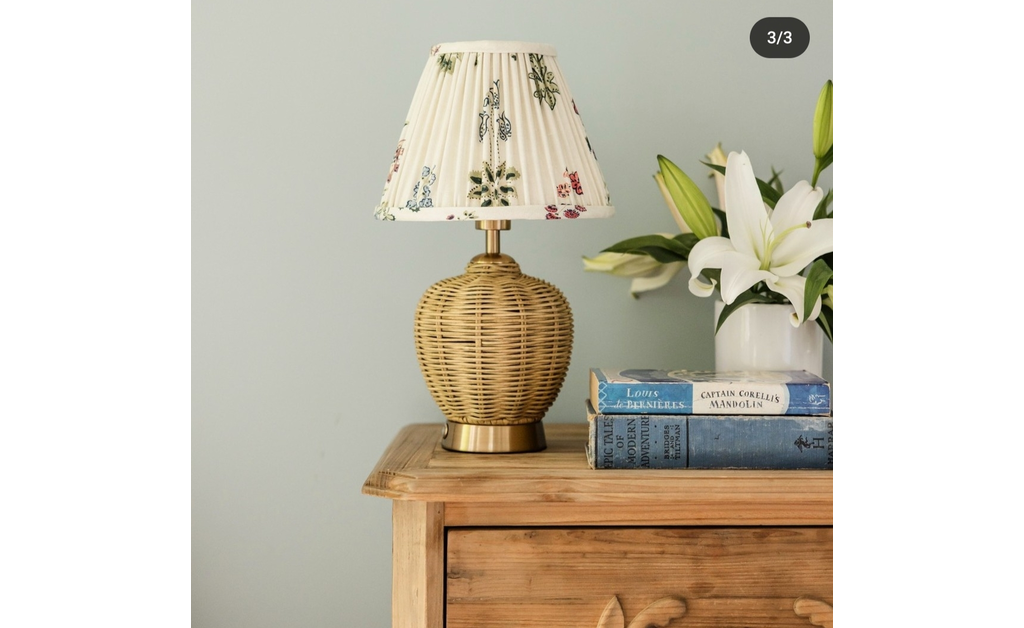
Image source: the.little.haus.ct IG
As stated earlier, Japanese-style living rooms focus on a clutter-free and tranquil atmosphere. Washi paper lamps give off a soft, ambient light, perfect for creating such an atmosphere. Their natural, handmade texture pairs beautifully with other Japanese design elements, enhancing the room’s serene vibe and giving it an actual Japandi living room feel.
Japanese-style living Room Furniture
Natural Wood Furniture
Choose natural wood furniture with clean lines to reflect traditional Japanese aesthetics.
Bamboo Elements
Add bamboo subtly through accents like bamboo blinds or as part of your furniture. Bamboo brings a natural, organic texture to the room, reinforcing the connection to nature.
Low Profile Sofa or Chairs
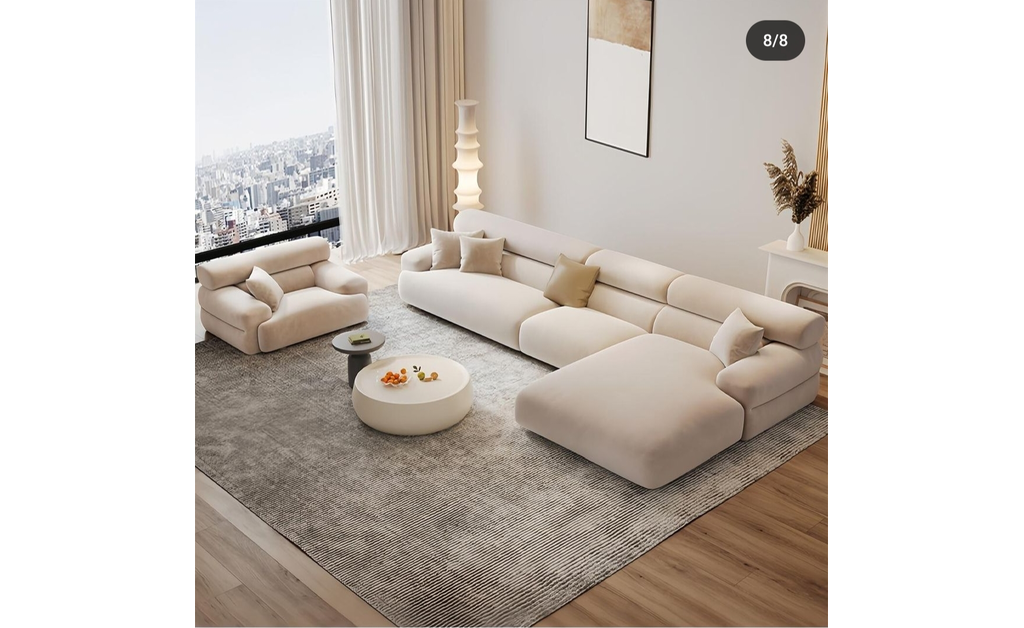
Image source: aahome777AAH Home IG
Low-profile furniture, including a low-profile sofa or chair, offers modern comfort while maintaining the minimalist Japanese grounded style.
Futon
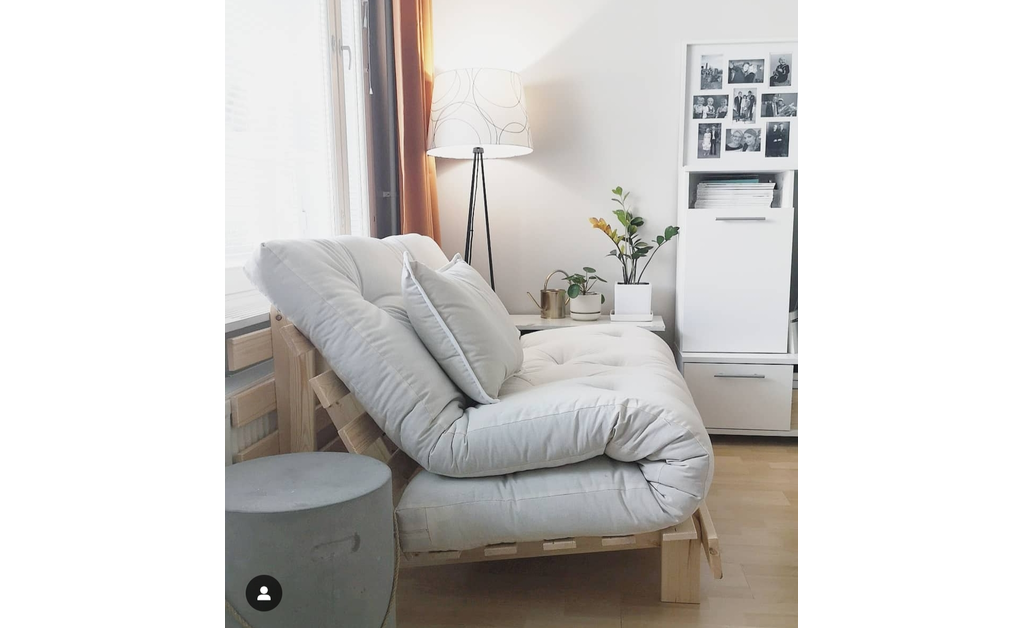
Image source: anniinasim IG
Futons are low-profile foldable bedding. You can turn it into flexible floor seating in multi-functional spaces. This Japanese-style living room item is beneficial because it can easily be folded away when not in use, helping to maintain the room’s simplicity and openness.
Chabudai
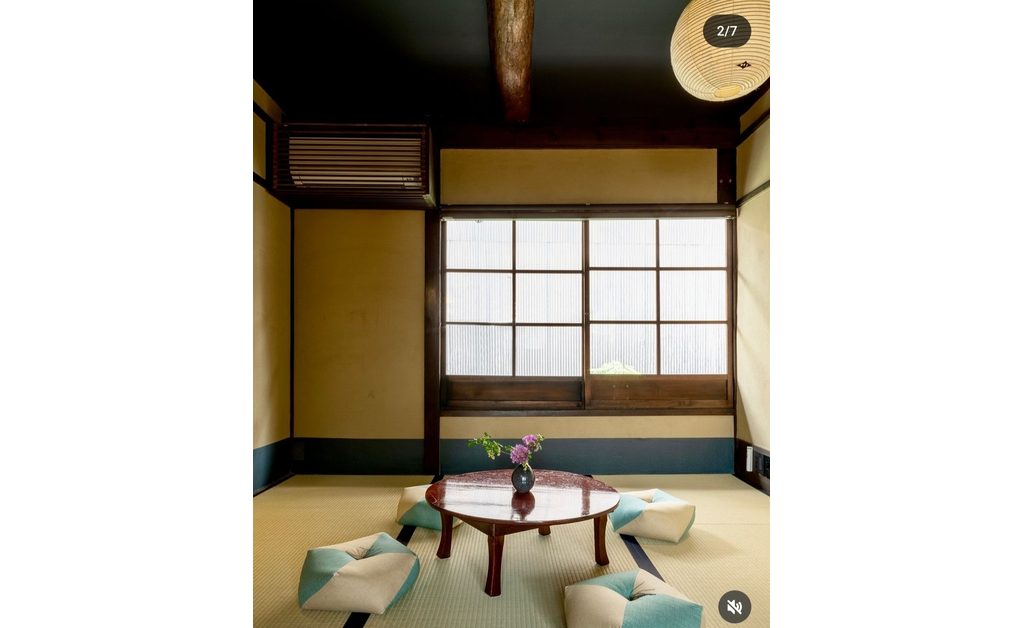
Image source: machiyajapan IG
A chabudai, a low table often used for dining or tea, is an essential piece of furniture for a Japanese living room. It fosters a sense of community and encourages floor seating.
Simplicity in Design & Neutral Color Palette
The hallmark of the Japanese-style living room is simplicity. Consider sticking to a neutral color palette with shades of beige, white, black, earthy tones, or light wood to create a calming, clutter-free space that feels balanced and open.
Sliding Panels
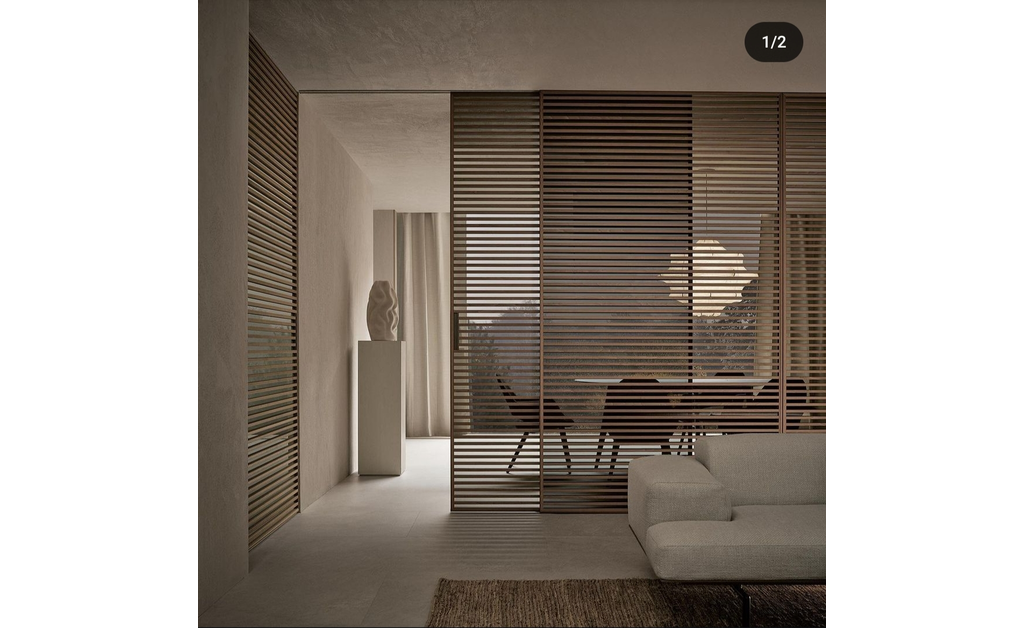
Image source: rimadesio-official IG
Sliding panels, whether doors or room dividers are essential to Japanese-style living rooms. They offer a flexible way to open up or close off spaces without sacrificing light flow.
Paper Lanterns
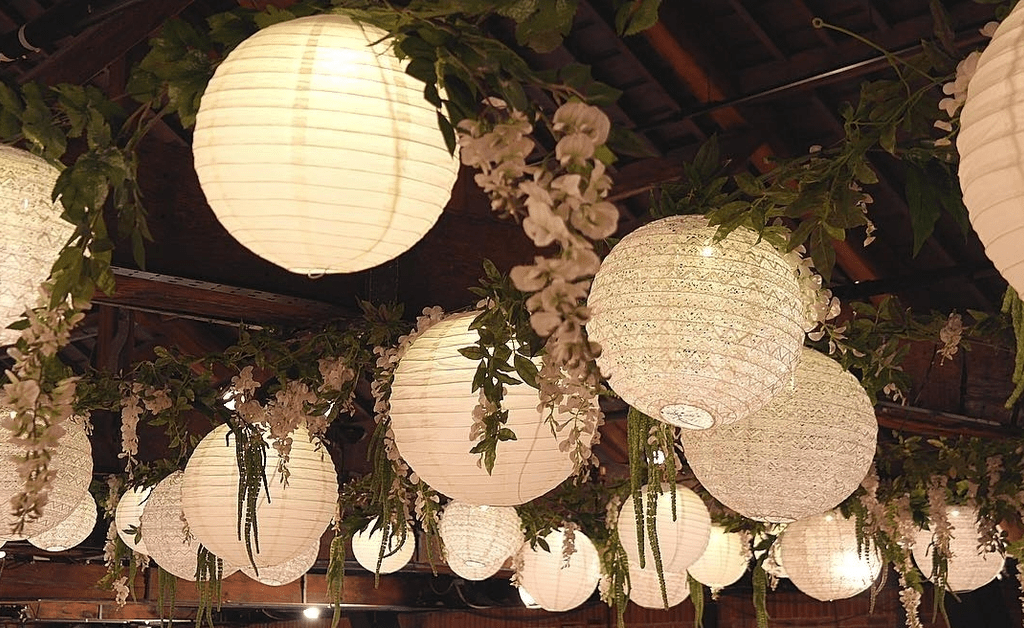
Image source: hanginglanterncompany IG
Paper lanterns are an easy way to transform your living room into a Japanese-style room. These lanterns provide soft, diffused lighting that creates a warm, inviting ambiance.
Traditional Japanese Art

Image source: moonlitseaprints IG
Decorate your living room with traditional Japanese art, such as paintings.
Stone and Water Elements
Incorporating stone and water elements—like a small indoor fountain or stone sculpture—evokes the serenity of nature, a fundamental characteristic of Japanese design. These elements add a calming energy to the room.
Ceramic Vases and Bowls
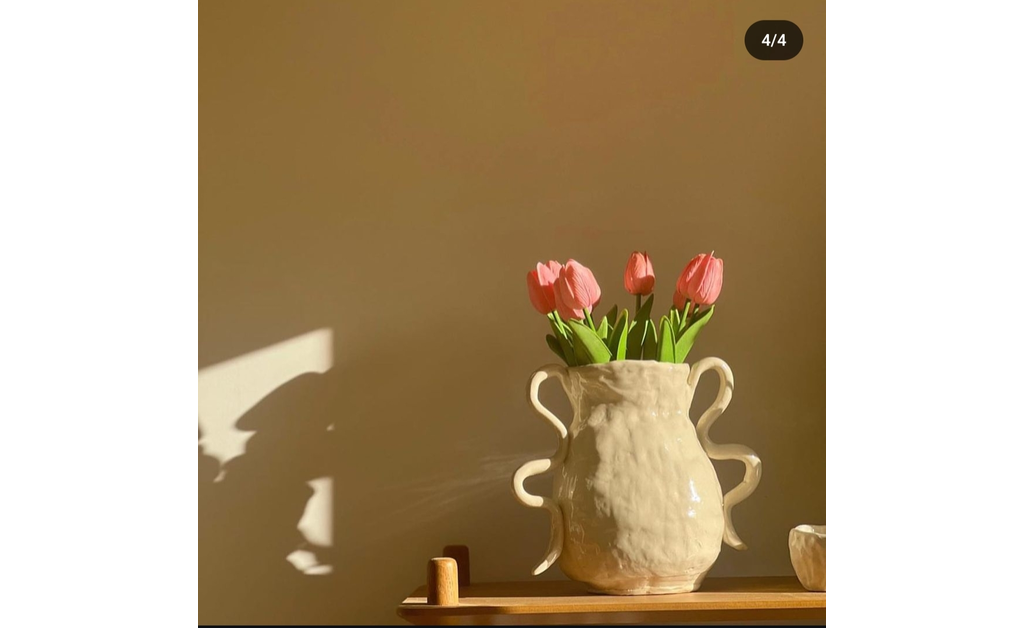
Image source: kookeceramics IG
Japanese ceramic vases symbolize the deep connection between nature and art. To incorporate ceramic vases in a Japanese-style living room, place them in a tokonoma. Pair the vase with simple, elegant floral arrangements like Ikebana or even bare branches to evoke harmony and serenity.
Natural Fiber Rugs
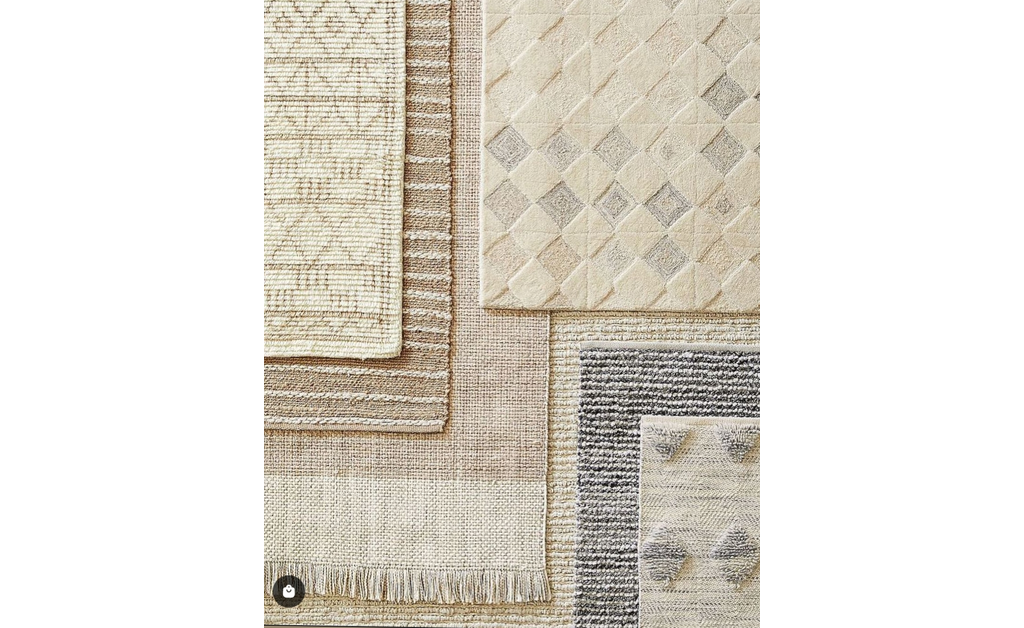
Image source: potterybarn IG
Natural fiber rugs made from jute or sisal are ideal for a Japanese-style living room. They add texture and warmth while staying true to the minimalist design philosophy.
Wooden Bowls and Utensils
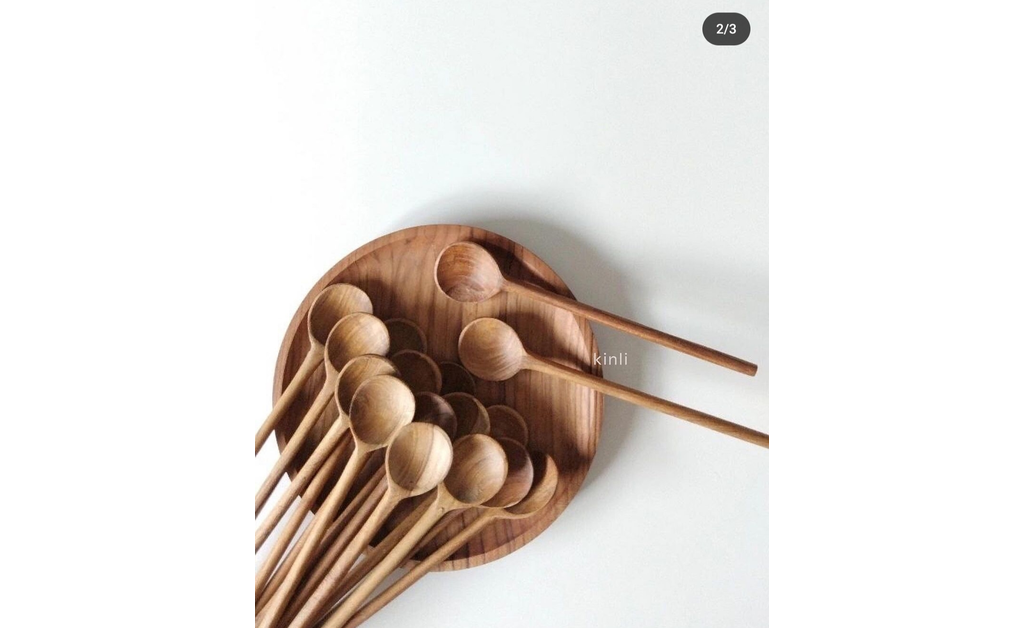
Image source: kinli-lid IG
Display wooden bowls to emphasize Japan’s cultural preference for artistry. These functional yet beautiful items add a genuine crafts touch.
Display Tea Ceremony Set
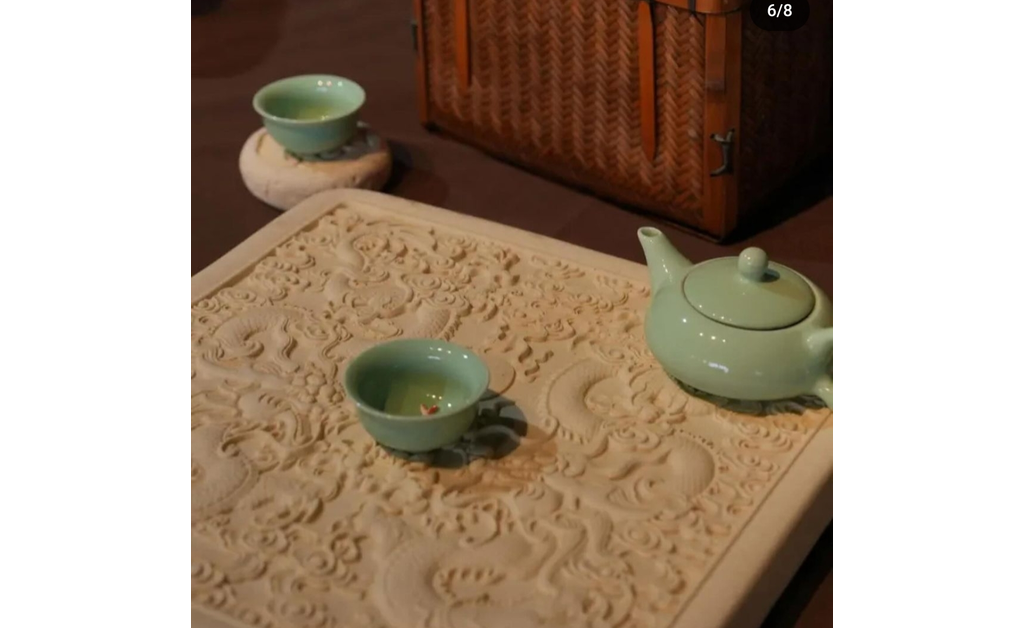
Image source: teafarmerlin IG
The tea ceremony (chanoyu) is a ritualized practice of preparing and consuming matcha in a serene, intimate space. It involves precise, choreographed movements in a room designed to foster mindfulness and a temporary retreat from daily life, often surrounded by nature. Thus, adding a tea ceremony set reflects a traditional Japanese-style living room ritual.
Noren Curtains

Image source: mujostore IG
Use noren curtains—short, traditional fabric dividers hung in doorways. They add a splash of color and tradition to your space while maintaining the room’s flow.
Minimalist Storage
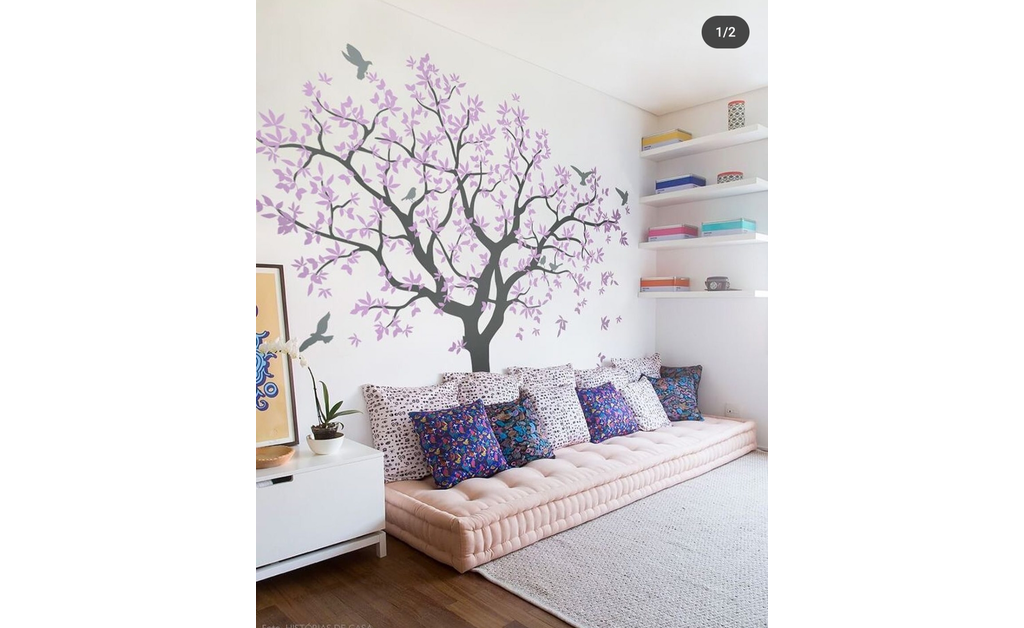
Image source: beautifulhomeideasbypritha IG
Keep storage minimalistic and functional, using hidden or well-organized solutions.
Japanese Lanterns
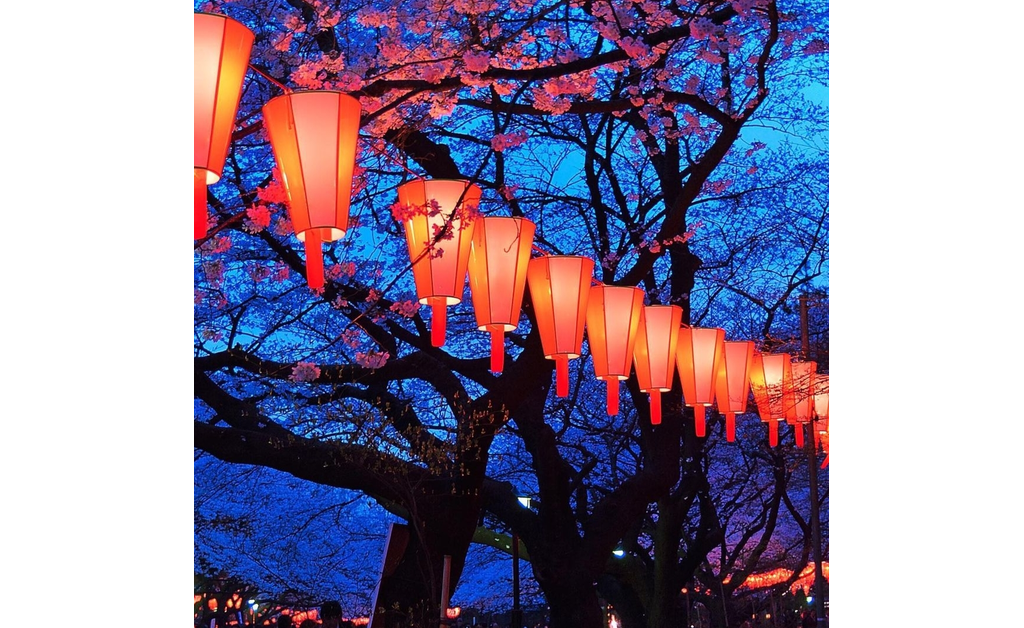
Image source: wearesaitaku IG
Place Japanese lanterns around the living room strategically to provide soft, ambient lighting that enhances the calming atmosphere.
Wooden or Stone Carvings
Add wooden or stone carvings and simple rice paper decorations for an authentic, handcrafted feel.
kakejiku & Calligraphy Scrolls
Hang calligraphy scrolls or kakejiku (vertical hanging scrolls) to add an artistic and contemplative element to the space. These works of art add elegance and deepen the room’s cultural connection.
Sake Set
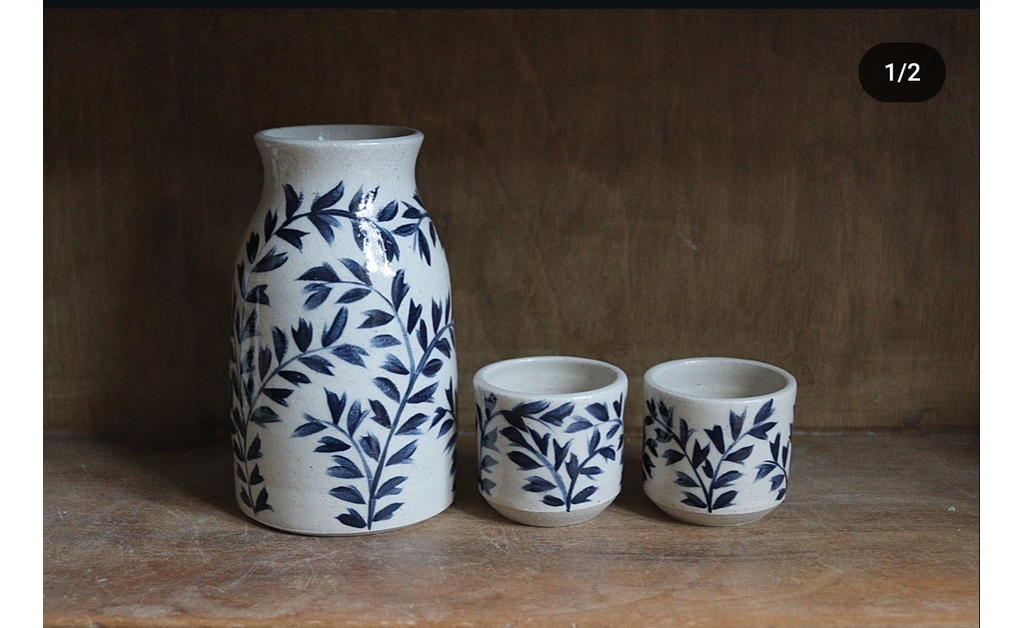
Image source: susiealexandrapottery IG
A sake set displayed on a small tray can be a subtle but charming nod to Japanese traditions, adding cultural depth to the decor.
Zen Garden Elements
Include “Zen garden elements” like small stones, sand, or plants in a corner of your living room for a meditative touch. This creates a serene focal point and encourages mindfulness.
Tansu & Sudare Blinds
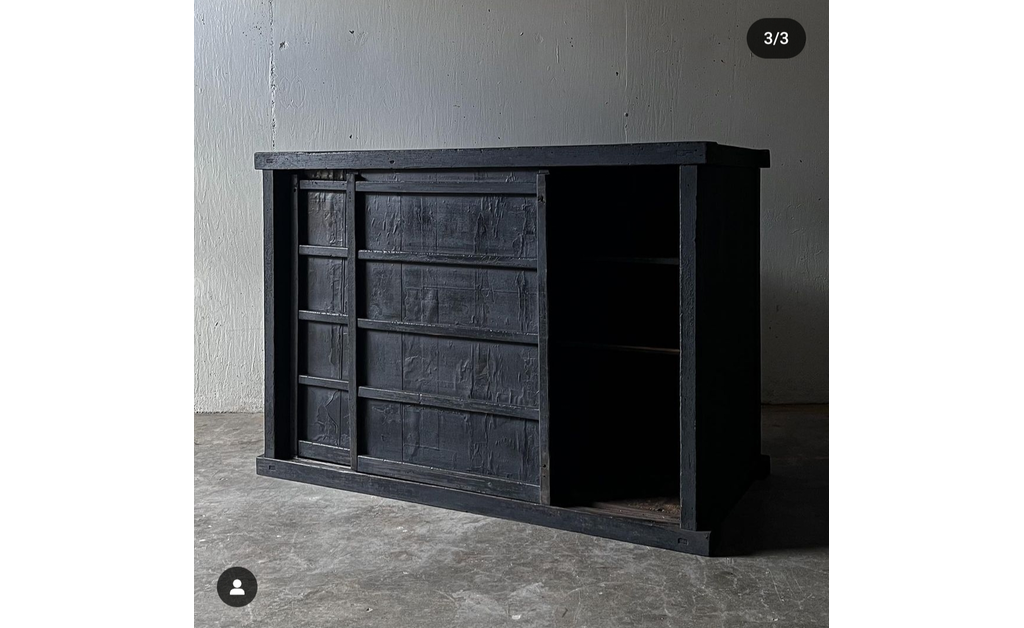
Image source: studiobalestra IG
A traditional Japanese chest, a tansu offers both style and practical storage. Pair it with sudare blinds made from natural materials to enhance the room’s Japanese-style vibes.
Silk Cushions

Image source: cheesoonfitzgerald IG
Add silk cushions for floor seating that have traditional Japanese prints and textures.
Traditional Japanese Musical Instruments

Image source: musicadelmundo IG
Displaying traditional Japanese instruments like a shamisen or taiko drum for both decorative and cultural appeal is an excellent approach to achieving a Japanese feel.
Incense Burner
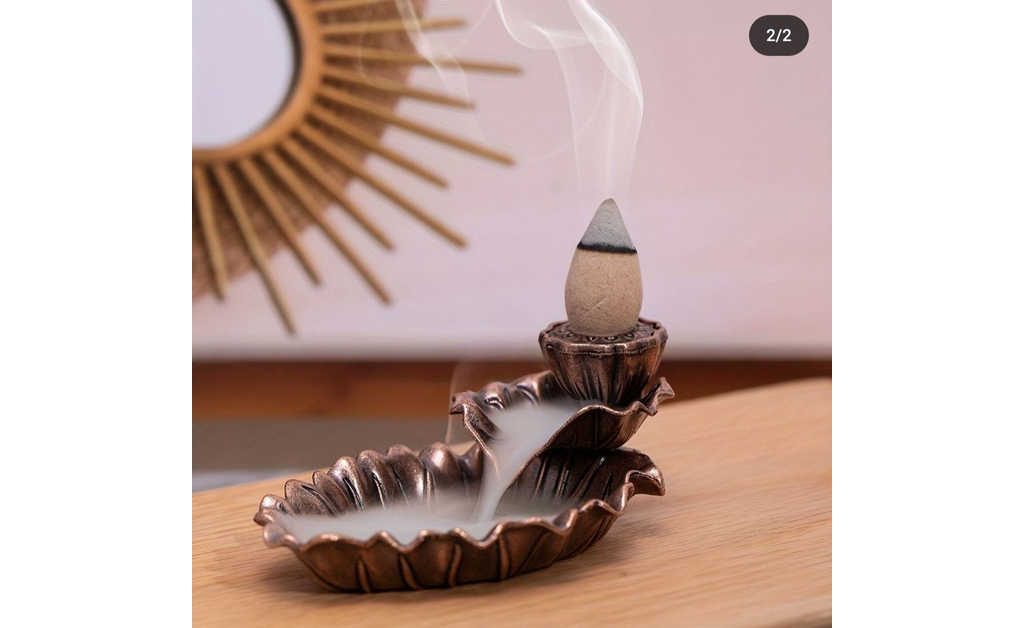
Image source: shopngo.lb IG
A simple incense burner creates a soothing aroma, creating a peaceful atmosphere.
Sensu
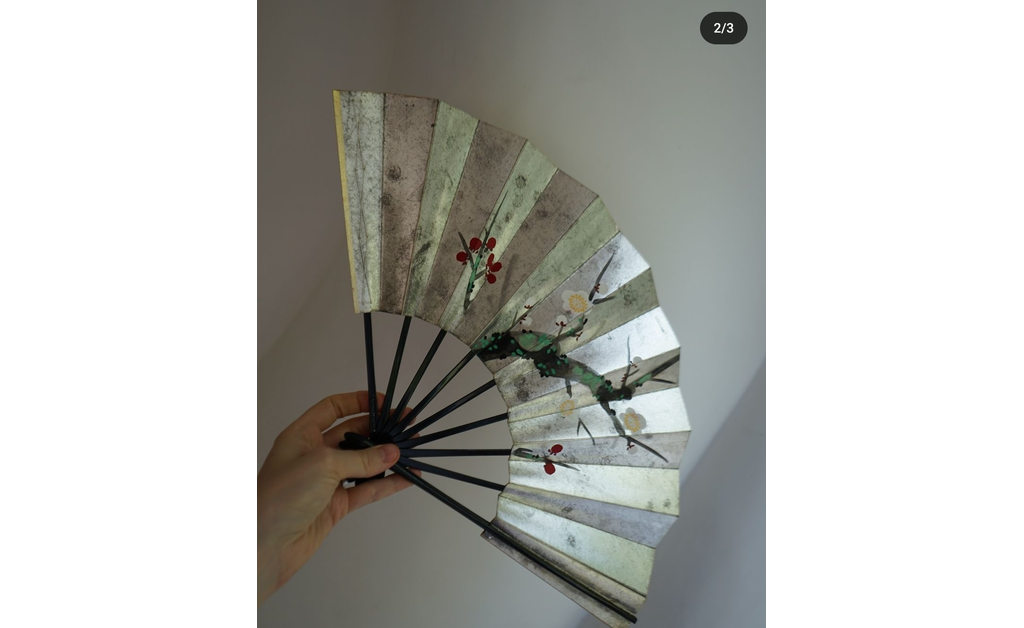
Image source: loveforkimono IG
The traditional Japanese hand fans, uchiwa and sensu, are used to cool breezes, but you can add them as stylish accessories to your living room to give it a Japanese touch.
Wooden Tray

Image source: raion-woodencraft IG
A wooden tray can be a functional and stylish element in your living room, whether used for serving tea or as a decorative item on a low table.
Traditional vs. Modern Japanese Design
A minimalist aesthetic is familiar in both traditional and modern Japanese-style living rooms. Older Japanese houses use exposed beams and wooden pillars, while modern Japanese-designed houses are elegant and finely finished.
“Use dark stained wood for furniture or walls to maintain Japanese simplicity while incorporating an older Japanese style. The color creates a more Minka-style casual atmosphere.”
Modern Japanese design tends to feature sleeker and more streamlined elements. Whether you lean towards the timeless charm of traditional Japanese design or the contemporary allure of modern Japanese interiors, you can infuse your living room with the essence of Japanese simplicity and elegance.
Conclusion
Japanese-style living room decor is a brainer if you understand its philosophy. Whether you’re attracted to traditional Japanese elements like tatami mats, shoji screens, and kotatsu or prefer a modern take on Japanese design with sleek furniture and minimalist decor, there’s a wealth of inspiration to suit your preferences.
- Sustainable Home Design Eco-Friendly Materials and Practices - February 10, 2025
- How To Choose Wallpaper For Living Room: Top Tips To Consider - January 1, 2025
- Are Large Tiles Good For Small Bathrooms - December 29, 2024

